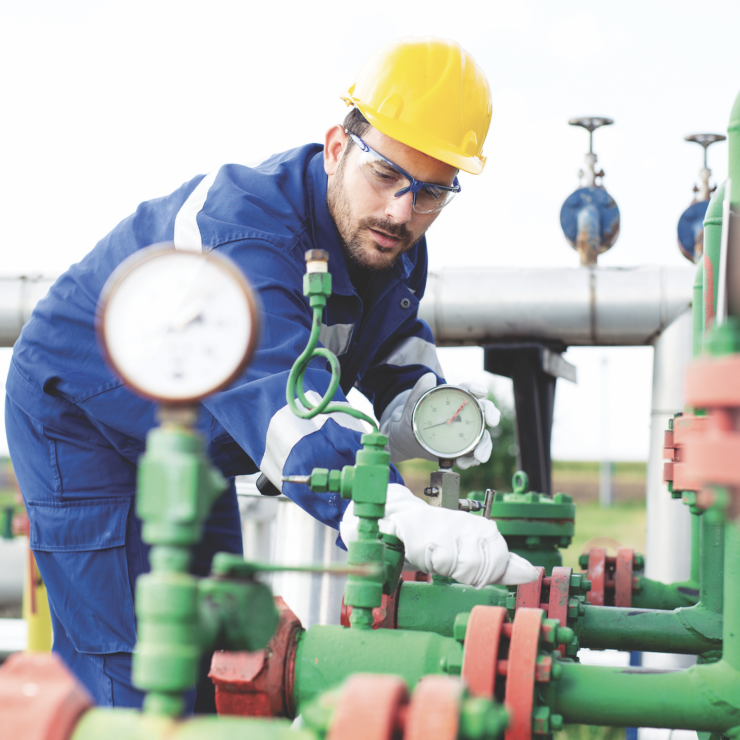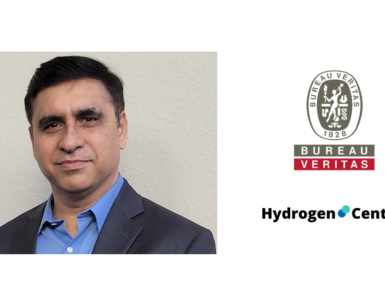The need for filtration technology to optimise green hydrogen production – Interview with Dr Maria Anez-Lingerfelt, Global Technical Lead – Hydrogen, Pall Corporation.
Maria Anez-Lingerfelt is the Global Technical Lead for hydrogen at Pall Corporation with a doctorate in Chemical Engineering. She supports the development of solutions for filtration and separation problems within the entire hydrogen value chain, including green and blue hydrogen production, hydrogen storage and transportation, and end use including hydrogen fuel cells.
Pall provides filtration, separation and purification solutions across a broad spectrum of industries. It advances health, safety and environmentally responsible technologies.
Why are governments focusing on green hydrogen?
🔥 What about we co-host a webinar? Let's educate, captivate, and convert the hydrogen economy!
Hydrogen Central is the global go-to online magazine for the hydrogen economy, we can help you host impactful webinars that become a global reference on your topic and are an evergreen source of leads. Click here to request more details
Green hydrogen is set to play an increasingly critical role in international net zero strategies as a clean alternative fuel for energy-intensive industries, transport and power stations. A ‘declaration of intent’ announced at COP28 will encourage signatory countries to mutually recognise certification schemes for renewable and low-carbon hydrogen, and should encourage a more unified global plan for clean hydrogen production.
Many nations and regions are already pursuing increasingly ambitious policies as part of a push towards decarbonization. The European Union aims to produce 10 million tonnes of green hydrogen by 2030, as well as importing a further 10 million tonnes, viewing green hydrogen as essential to meeting its goal of reducing greenhouse gas emissions by 55% by 2030.
The UK Government predicts that low carbon hydrogen will meet 20-35% of the country’s energy demand by 2050 and is targeting the production of 10 gigawatts of green and blue hydrogen by 2030. Research by the Green Hydrogen Alliance shows that hitting this target would create 12,000 jobs and up to £11 billion of private investment across the UK.
The US recently announced proposed guidance on how hydrogen producers can secure subsidies as part of the Inflation Reduction Act, bringing many prospective developers a step closer to having the certainty they need to make final investment decisions.
What do green hydrogen producers need to think about when choosing an electrolyser?
There are three types of electrolysers that can be used in the production of green hydrogen. The alkaline electrolyser (AEL) uses liquid potassium hydroxide (KOH) as the electrolyte and is the most widely used in industrial applications, but comes with some drawbacks, including lower purity levels and lower energy efficiency. Polymer electrolyte membrane electrolyser (PEM) uses a solid polymer electrolyte and is increasingly being favoured because it has fewer of these drawbacks but is still expensive compared to AEL. Solid oxide electrolysers (SOEC) use a solid ion-conducting ceramic electrolyte – a technology that holds great potential but is still in early stages of commercialisation.
What are the technical challenges of producing green hydrogen?
The technical challenge lies in the purification of the hydrogen stream as contaminants of solids, gases and liquids need to be removed. Specifications around hydrogen gas purity are very stringent. Typically, concentrations between 2,000-6,000 ppm (parts per million) of oxygen and more than 2,000 ppm of water are seen contaminating the hydrogen produced using commercial alkaline electrolysis. The maximum concentration allowed for fuel cell vehicles is 5 ppm of each under the ISO standard for hydrogen fuel quality.
How can filtration be used to maximise production?
This gap between outputs and purity standards is why alkaline electrolyser systems require further optimisation to produce green hydrogen at a large scale. Several filtration and separation steps are needed to achieve the required purity levels.
After hydrolysis, the liquid/gas mixture needs to be cooled, separated, and compressed. Cooling the gas has major cost implications and can be as high as 5% of the total system outlay. Gravity separators, mist eliminators pads, filter vane separators and more recently liquid/gas coalescers can be used to separate the liquid contaminants. These typically require large housings and must be operated at low velocities to prevent liquid re-entrainment. After removing the liquids, the hydrogen is fed into a catalytic reactor to remove the contaminating oxygen. The catalyst in this step is sensitive to contamination such as potassium hydroxide (KOH) so the hydrogen entering this step must meet the required purity specifications.
To add to the processing costs, solid contaminants, originating from oxidation in piping and equipment such as pumps and compressors, must be eliminated. Adsorbent fines – if being used – are situated in the final drying equipment and may also get released, contaminating the gas. To remove the solid contaminants, disposable gas filters in different micron ratings can be deployed throughout the process.
Does filtration need to be considered when storing green hydrogen?
Yes, the final step is the efficient storage of the hydrogen once it is produced. It can be compressed and stored in tanks, pumped into salt caverns, or converted into liquid ammonia, using the Haber-Bosch Process. Throughout each of these processes the gas can become contaminated with liquids, solids, or gases (if transported in natural gas pipelines) and the contaminants will need to be removed to meet the end use specifications.
What are the next steps to ensuring a green hydrogen-fuelled future?
International governments are likely to keep reviewing their net zero strategies and so we may see new legislation or incentives to promote the development of new green hydrogen production facilities. For manufacturers and industrial users of energy, many are at a pivotal moment, considering how they can advance their business with cleaner energy sources. If traditional fossil-fuelled industries are to make the switch to green hydrogen, there needs to be collaboration through all stages of the value chain. Consideration must be given to how investment in optimising technologies will bring benefits to the environment and create a cleaner future for all.
READ the latest news shaping the hydrogen market at Hydrogen Central
The need for filtration technology to optimise green hydrogen production – Interview with Dr Maria Anez-Lingerfelt, Global Technical Lead – Hydrogen, Pall Corporation.








